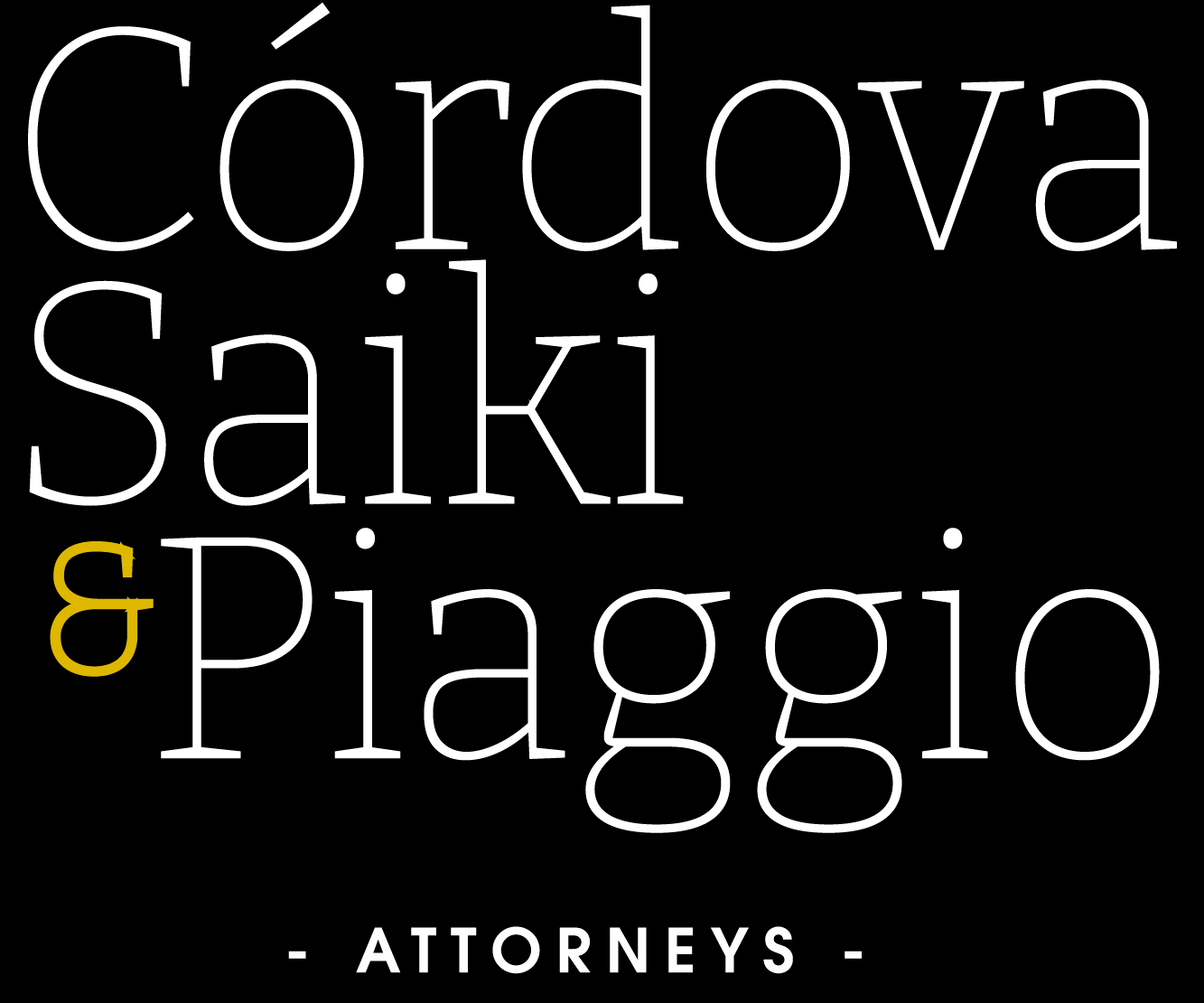The third paragraph of article 166 of Decision 486 of the Andean Community states the following: “The use of a trademark in a form different from that in which it was registered only with respect to details or features that do not alter its distinctive character, shall not constitute grounds for cancellation of the registration for non-use nor lessen the protection that corresponds to the trademark”.
In other words, a trademark is considered in use if it is used as it was registered or with slight variations that do not affect its distinctive character. But what do these slight variations consist of? The answer: Nobody knows precisely.
The article in question grants the trademark offices of the Andean Community broad discretion. They are the ones who ultimately decide which variations are slight and which variations are not.
In the year 2015, the Chamber of Intellectual Property of INDECOPI (the trademark office of Peru) declared, in the second instance, founded the non-use cancellation action filed against the registered trademark RINOGLAD FORTE*, which distinguished pharmaceutical products in class 5 of the Nice Classification. Said trademark was cancelled because it was being used as RINOGLAD alone, and not as RINOGLAD FORTE.
In the first instance, the Commission of Distinctive Signs of INDECOPI had declared said cancellation action unfounded, pointing out, in its resolution, that: “Although the trademark subject to cancellation is constituted by the term RINOGLAD FORTE, and although in the evidence of use only the use of the term RINOGLAD is appreciated, in the opinion of this Commission the term FORTE is a descriptive term, so its absence does not alter the distinctive character of the registered trademark. Consequently, in application of article 166 of Decision 486, the cancellation action must be dismissed”.
The Chamber, however, did not agree, and, when the Commission’s resolution was appealed, the Chamber declared the cancellation action founded. For the Chamber, the non-use of the term FORTE in the registered trademark represented a substantial variation.
For the owner (of the trademark) and its representatives, the term FORTE was a descriptive term, of common use, that appeared on many pharmaceutical products and meant: “Strong and intense gradation”.
As they argued at the time, the non-use of the term FORTE in trademark RINOGLAD FORTE did not affect its distinctive character. FORTE is only a detail, an element that does not give distinctiveness to the registered trademark since it is not an original element, but a descriptive element. The distinctive force of the trademark RINOGLAD FORTE was concentrated in the term RINOGLAD, a fantasy term that no other trademark that distinguished pharmaceutical products had.
Their reading of the third paragraph of article 166 of Decision 486 of the Andean Community suggested that the Chamber should declare the cancellation action unfounded; however, one’s reading is not always the one that prevails, and articles like this lend themselves to various interpretations.
The Chamber canceled the trademark RINOGLAD FORTE even though it stated in its resolution that: “The main element of a trademark is that which serves to indicate the business origin of the products or services”.
In our opinion, the main element of the trademark RINOGLAD FORTE is RINOGLAD. This element is what serves to indicate the origin of the pharmaceutical products that trademark RINOGLAD FORTE distinguished. The use of said element was proven by the evidence of use that was filed, as pointed out by the Commission and the Chamber in their respective resolutions.
The FORTE element, in the pharmaceutical field, does not tell consumers anything about the business origin of the products; however, the RINOGLAD element does. This is the element that gave distinctiveness to the registered trademark and that distinguished its pharmaceutical products from others.
Technology has accelerated the market to such an extent that those who participate in it need various tools to adapt to the constant changes quickly and effectively. In the case of trademarks, one of these tools is the third paragraph of article 166 of Decision 486 of the Andean Community, which allows trademarks to adapt to the new aesthetic canons of the market. As it is known, the tastes of consumers vary from one day to the next: what was liked yesterday is not necessarily liked today; therefore, individuals and/or companies must constantly redesign their products. This redesign, however, does not imply that the products lose their essential characteristic, that is, the characteristic that makes the consumers like them. Trademarks, like the products they distinguish, also have to be redesigned, and this redesign, as with products, does not imply that trademarks lose their essential characteristic, that is, the characteristic that makes the consumers identify them.
The article in question allows individuals and/or companies to save costs by not having to re-register a trademark that has only undergone slight variations that do not alter its distinctive character. Although it is important for the consumers that a trademark retains its distinctive character, it is more important for the owner of the trademark, who will want the consumers to continue recognizing its trademark even though it has undergone slight variations.
In other words, the ones who should have the final say on whether the distinctive character of a trademark has been altered or not are the consumers. Trademark offices should investigate whether or not the new form (in which the trademark is being used in the market) creates the same commercial impression in the consumers as the old form (in which the trademark was registered). If the commercial impression created is the same, the trademark should not be canceled for non-use.
This, however, is unlikely to happen, so, for now, it is best to use the trademark as it was registered.

